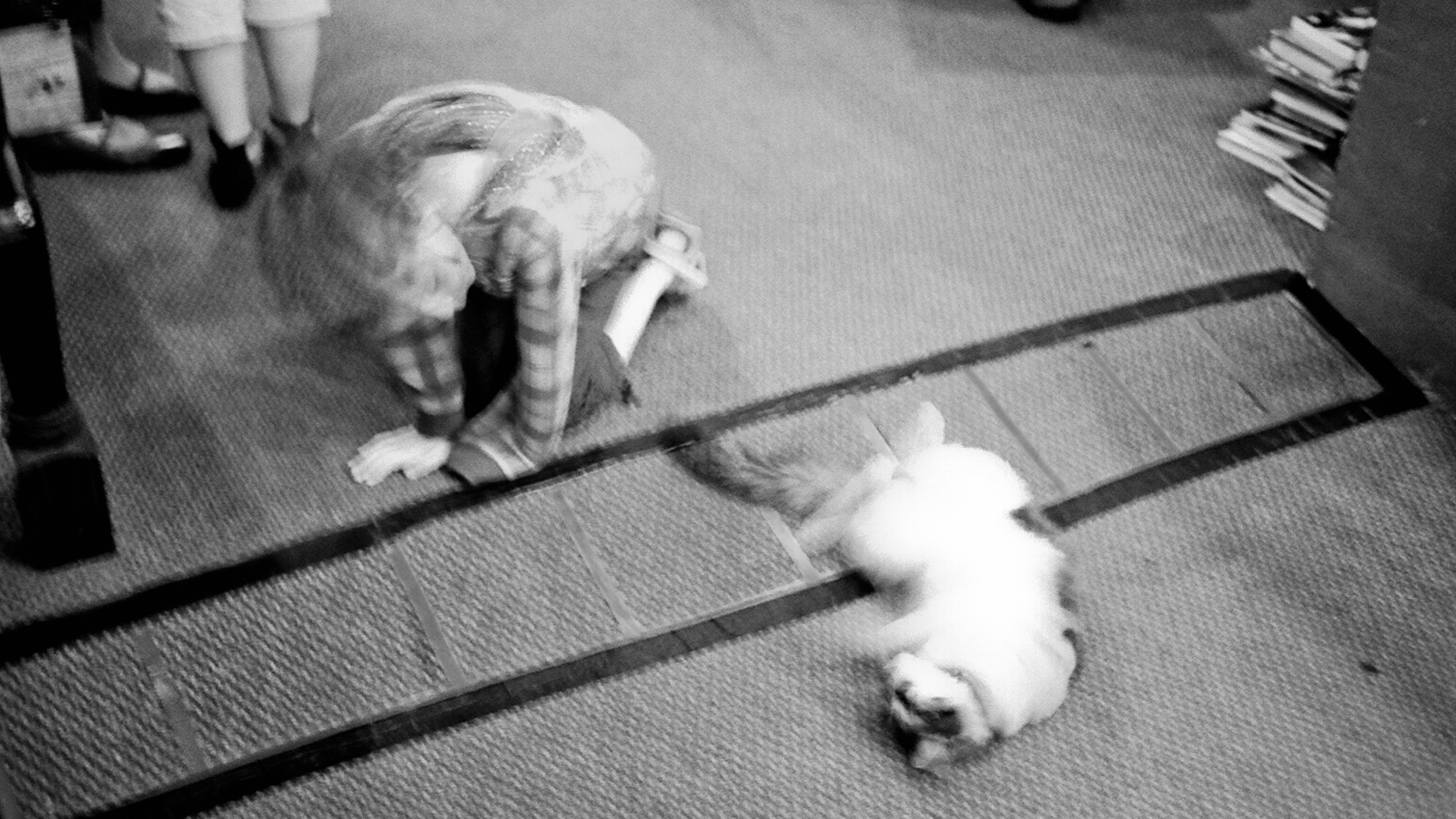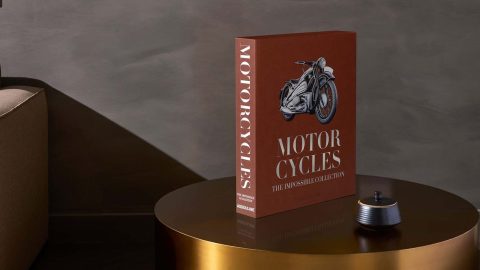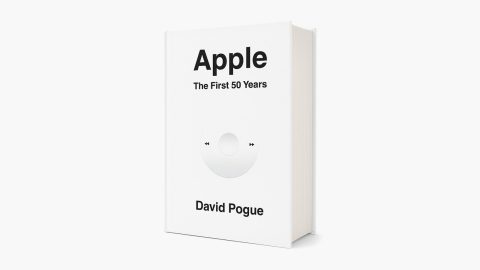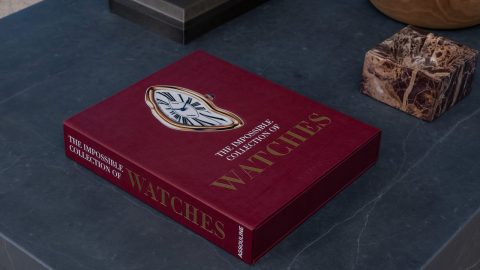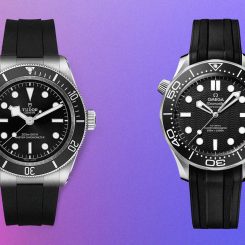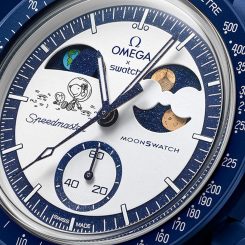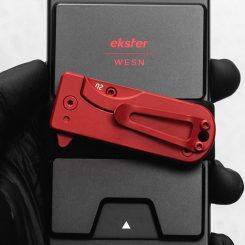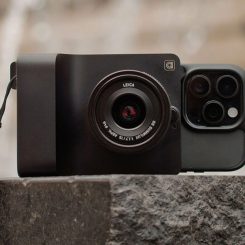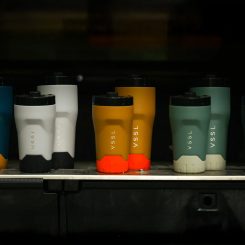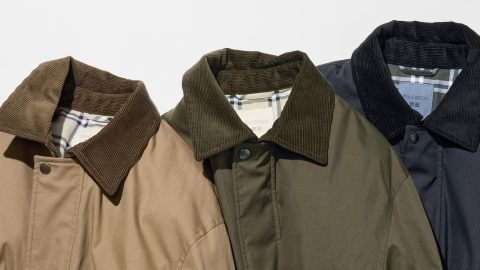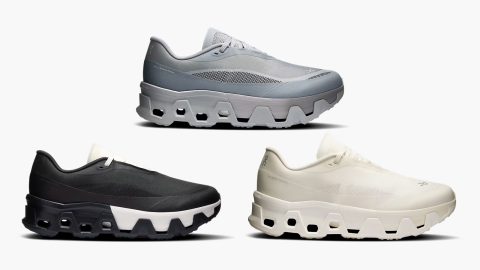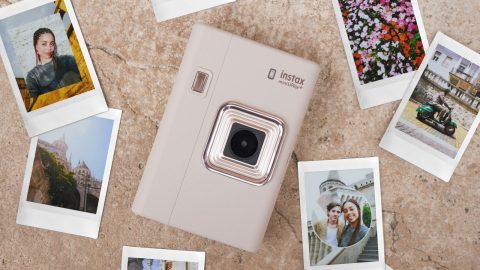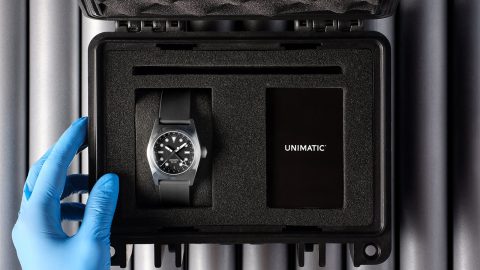In Defense of Film Photography
January 6, 2018
bySonny Kwon
-
Culture The Wine Lover’s Guide To America’s Hidden Vineyards
Napa, Oregon, and beyond—all in one striking book.
-
Culture The Motorcycle Bible Every Collector Needs
From Harley to Ducati, this book celebrates the machines that defined freedom.
-
Culture The Untold Truth Of Apple’s Rise—50 Years In The Making
Two scrappy founders to 2.2B iPhones—this book tells it all.
-
Culture The Best Assouline Coffee Table Books for Design-Minded Men
We’ve handpicked the 10 most impactful editions, from icons of sport and style to epic travel escapes, that instantly elevate any room.
-
Culture 80 Reasons To Fall In Love With U.S. Design
An in-depth look at the evolution of American architecture.

